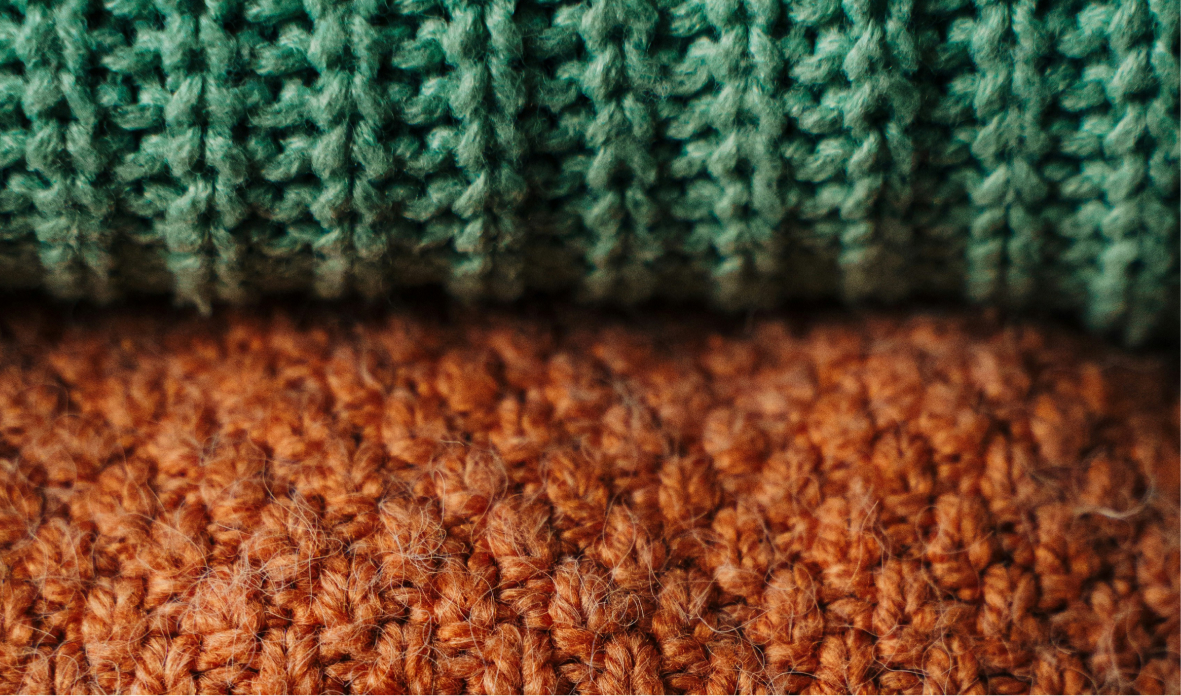What is Fast Fashion? And How Can We Avoid It?

Join the community





Have you ever found yourself scrolling through Instagram, feeling a sudden urge to buy the latest trendy outfit? Have you ever walked into a fast fashion store and walked out with bags full of clothes you didn't really need? If so, you're not alone.
Fast fashion has become a ubiquitous part of our culture, tempting us with its low prices and constantly changing styles.
It's cheap, convenient, and provides instant gratification. Unfortunately, it comes with huge environmental and human costs.
What is fast fashion?
In 1930, an average American women owned only 9 pieces of outfit. At that time, American consumers spent around 12-14% of their annual income on clothing. By 2014, this number had decreased to 3%.
However, in 2016, Closetmaid conducted a study that found the average American woman now owns about 103 pieces of clothing. So while we're spending less of our income on clothing, we actually own a lot more pieces now.
The rise of fast fashion plays a huge role here.
Fast fashion brands aim to offer consumers thousands of new clothing options everyday, enticing them to buy more and more, which has bred a culture of excess and disposability.
Fast fashion quickly produces and sells trendy clothing at a low cost. These clothes are typically made in developing countries with cheap labor and poor-quality materials. Fast fashion is everywhere, online and offline. It’s hard to find a shopping center without fast fashion brands like Zara, H&M, UNIQLO, GAP, or Forever 21.
Zara is one of the most talked-about fast fashion culprits. With over half of its factories located near its headquarters in Spain, its products can go from design to delivery in a few weeks. It produces over 11,000 pieces annually, stuffing stores with more goods and offering unparalleled choice.
Another major fast fashion retailer, H&M operates in 74 countries with over 4,000 stores as of February 2022. Research done by a watchdog group in 2022 found the brand using misleading environmental scorecards for its products.
Chinese brand Shein takes it a notch further. It releases 700-1,000 new styles a day, making it an ultra fast fashion brand.
This is happening while the factory workers in the garment factories are overworked and underpaid. In 2022, an undercover investigation was done on Shein’s factories in China. It revealed a troubling truth about human rights in its factories where workers are paid as little as 4 cents per garment while working 18-hour shifts.
Why is fast fashion bad for the environment?
As of 2018, McKinsey estimated that fast fashion is responsible for 4% of annual global carbon emissions, more than all international flights and maritime shipping combined.
In addition to the emissions impact, the process of fabric dyeing and treatment also affects wastewater. According to the research done by UNEP and the Ellen MacArthur Foundation in 2019, the industry uses 93 billion cubic meters of water annually, enough to meet the needs of 5 million people. Given that 3,781 liters of water to make a pair of jeans, this is not surprising.
The clothes are often made from synthetic materials which can't be recycled and do not biodegrade in landfills. 87% of the total fiber input used for clothing is incinerated or disposed of in a landfill.
Polyester, acrylic, and nylon comprise 60% of the materials used in clothing. All of these materials are forms of plastic, which is made from fossil fuels. When we wash these clothes, plastic microfibers are released and eventually end up in our oceans, becoming part of the food chain.
3 ways to avoid fast fashion
1. Repair your clothes instead of buying new
If your old clothes have minor damage, don't throw them away. You can increase their lifespan by mending them. It's not as difficult or time-consuming as you might think.
2. Shop secondhand
We all want clothes that are high-quality and will last a long time. But sometimes it’s hard to give up the affordability and convenience of fast fashion for sustainable clothing brands. A great solution to that is buying secondhand clothes. When you buy secondhand, you keep the item in use for longer and prevent it from ending up in a landfill.
Imagine getting the $100 hoodie for $25 at a resale market or on a resale app. The cost becomes comparable to the new fast fashion one but you get affordable sustainable clothing.
Companies like Patagonia that are not fashion brands are making it convenient to buy secondhand clothes. It runs a program called Worn Wear where you can trade in and buy used Patagonia gear. This helps to keep clothing out of landfills. Good on you, Patagonia.
3. choose more sustainable brands
Because sustainable brands pay employees fairly and use more sustainable materials, the cost is often higher, but so is the longevity of the clothing.
It's important to consider the cost-per-wear of your new pieces rather than just the up-front cost. For example, if you buy a high quality sustainable, ethical clothing piece for $100 and wear it 50 times, the cost per wear would only be $2. In contrast, a fast fashion item that costs $30 but is only worn three times would have a cost per wear of $10, making the sustainable clothing piece more economical in the long run.
Download Commons to browse 300+ sustainable brands →
While it is not always easy to give up the affordability and convenience of fast fashion, we can reduce our carbon footprint and help protect the planet by adopting these methods. It's time we start thinking about the true cost of our clothes.









.png)


